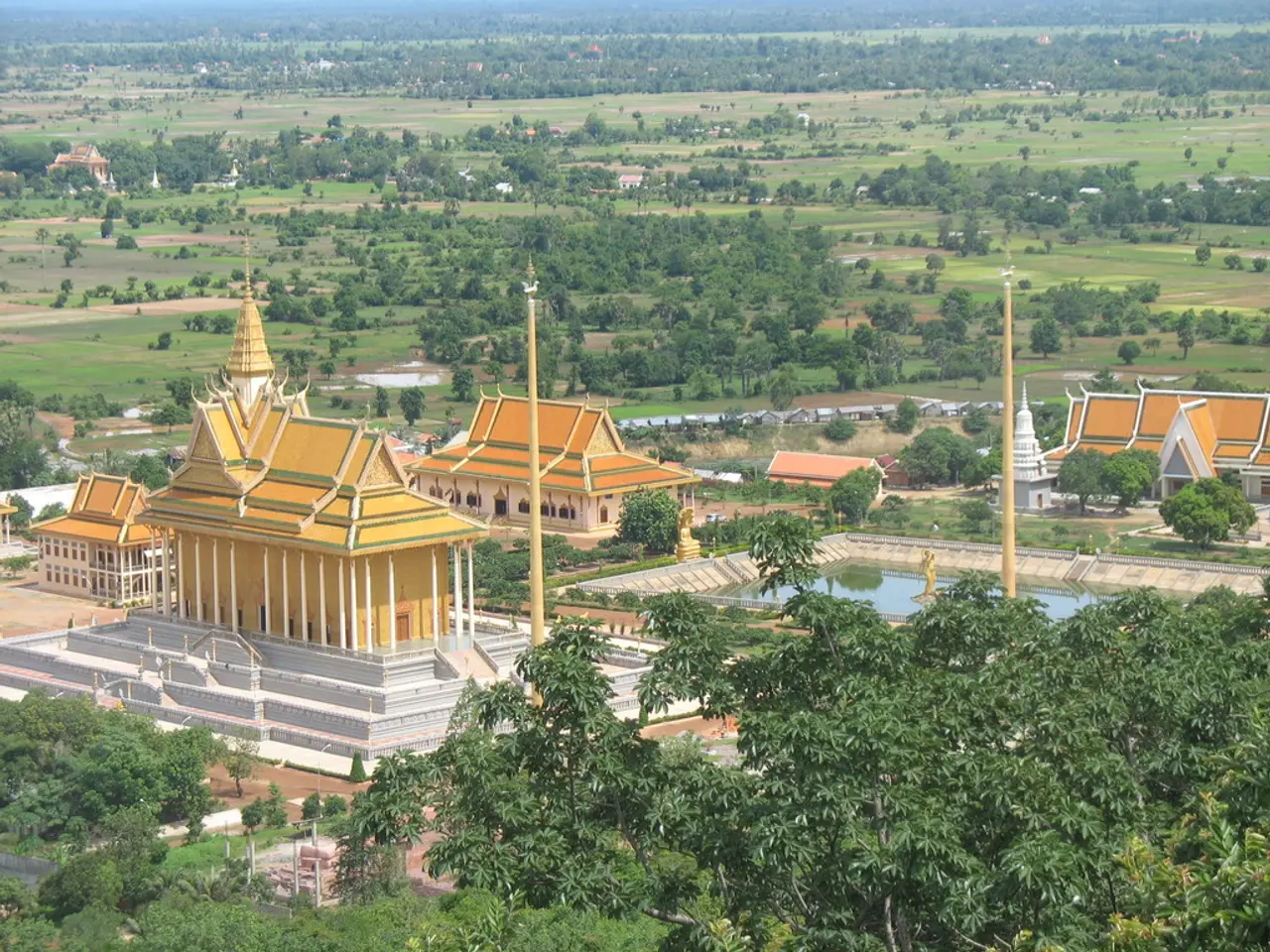Exploring Riviera Maya: 5 Ancient Ruins Often Overlooked
Exploring the Symbolic Complex of Maya Archaeological Sites in Quintana Roo
Quintana Roo, Mexico, is home to a wealth of archaeological treasures that provide a glimpse into the rich cultural history of the Maya civilization. Sites such as Oxtankah, Dzibanche, Ichkabal, and Tulum embody the symbolic complex, a unique integration of cosmological, religious, and cultural symbols in Mesoamerican architecture.
Oxtankah
Translating to "three neighborhoods" or "in the middle of three towns," Oxtankah reached its peak during the Early Classic period (250-600 AD). The site includes the Plaza of the Columns, relatively low buildings, and a colonial chapel from the 16th century. Located just 15 minutes from Chetumal, Oxtankah can be accessed via Highway Chetumal-Calderitas-Luis Echeverria Km 9. Admission to the site is currently free.
One intriguing aspect of Oxtankah is its association with Gonzalo Guerrero, a Spanish castaway. According to oral tradition, Guerrero found refuge here in the 16th century. The site also boasts the enjoyment of walking through lush vegetation and listening to the songs of birds.
Dzibanche
Dzibanche, meaning "writing on the stones," is located one and a half hours from Chetumal, via the Chetumal-Escalante-Campeche highway. The site is open from 8:00 to 17:00 hours (last access at 16:00). It had a significant influence from Teotihuacan during its maximum development in the Classic period (300-600 AD). The Temple of the Cormorants, a funerary space, has yielded six elite character burials.
Visiting Dzibanche requires some preparation. It is suggested to wear light-colored, natural fabric clothing that covers arms and legs to avoid burns and bites, rent a car, and download maps. Wearing sneakers, using eco-friendly sunscreen and repellent, staying hydrated, and avoiding removing any plants or rocks from the archaeological sites are also recommended. The entry fee for Dzibanche is $80 pesos.
Ichkabal
Ichkabal, meaning "the green water hole," is another significant site, located near Dzibanche. It has revealed important findings about the Kaanu'l dynasty and the antiquity and power of its lineage. The site emerged during the Postclassic period, after the year 1100.
Ichkabal features several temples in its acropolis, including the Turtle Temple, the Saraguato Temple, the Parrot Temple, and the Jaguar Temple. A cave was recently discovered within the walled area of the site, containing the burials of 15 people. The entry fee for Ichkabal is also $80 pesos.
Zama
Zama, meaning "dawn" in Mayan, is a unique archaeological site. The Temple of the Descending God is a unique attraction within Zama. The site is part of a route that can start in Chetumal and end in Tulum, allowing for a few days on the beach and other activities. Access to climb the main buildings in Zama is restricted due to ongoing excavation. The cost to visit Zama is $120 pesos, and an additional $255 pesos for access to the Jaguar Park.
In addition to these sites, Yaxchilan, an important city for grain production, was directly related to Dzibanche, Kohunlich, and Ichkabal. These sites thus serve as physical expressions of the Maya worldview, where architecture serves not just functional or aesthetic purposes but encodes symbolic meanings related to cycles of time, cosmology, and social structure characteristic of Maya civilization.
These sites, with their calendric and astronomical inscriptions, sculptural and architectural elements incorporating Maya symbols, and combinations of practical defensive architecture with religious symbolism, offer a fascinating insight into the Maya civilization and their unique cultural practices.
Here are two sentences that incorporate the given words:
- The unique lifestyle centered around the calendar and astronomy, as well as the religious and cultural symbols, seen in the home-and-garden design of Maya archaeological sites like Oxtankah, Dzibanche, Ichkabal, and Zama, give travelers a glimpse into the rich culture of the Maya civilization.
- When planning a travel itinerary to explore the cultural heritage of Mexico, consider including destinations like Quintana Roo, where you can immerse yourself in the local home-and-garden lifestyle, as well as visit iconic cultural landmarks like the Maya archaeological sites and their beautifully crafted home-and-garden architecture.





